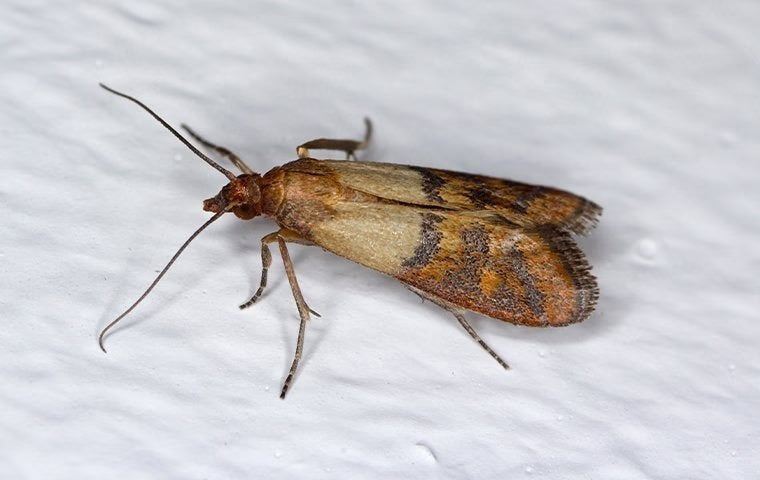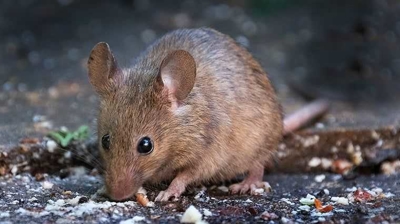
Indian Meal Moths Identification & Prevention
Frequently Asked Questions about Indian Meal Moths
Have questions? We are here to help. Still have questions or can't find the answer you need? Give us a call at 252-424-7966 today!

-
How can I prevent Indian meal moths in the future?
As with many things, the best protection from Indian meal moths is prevention. Avoid contamination risks with the following prevention tips.
- Make sure to wipe down counters and vacuum floors regularly.
- Before purchasing dry goods from the store, inspect the packaging for holes or tears.
- If possible, avoid buying dry goods or pet food from bulk bins.
- Remove dry goods from their original packaging and place them inside air-tight containers to store.
- Keep pantry areas organized, remove crumbs, and get rid of expired items.
- Replace torn screens and place weather stripping around windows and doors.
- Switch white outdoor light bulbs with yellow or LED bulbs, which are less attractive to Indian meal moths and other insects.
-
How do I get rid of Indian meal moths?
The best and safest way to get rid of pests of any kind is with the help of a professional home pest control expert. At Albemarle Termite & Pest Control, our highly trained technicians are dedicated to exceeding your expectations with safe, affordable, and effective pest control services in Elizabeth City. Our local company prides itself on putting customers first. Whether you need prevention, elimination, or both, Albemarle Termite & Pest Control is here to help; call today!
-
Where will I find Indian meal moths?
Adult Indian meal moths mainly live outside. They are most active at night and are drawn to homes and other structures by outdoor lighting fixtures. They will sometimes find their way inside through torn screens, spaces in exterior walls, and gaps around windows and doors.
Indian meal moth eggs and larvae live in and feed on a variety of stored products, including cornmeal, grains, cereals, seeds, chocolate, birdseed, and dry pet food.
-
Why do I have a Indian meal moth problem?Indian meal moths are a type of stored product pest that lives worldwide. Infestations often begin in food processing or storage facilities. Contaminated products are then shipped to retail stores, purchased, and unknowingly introduced into our homes.
-
Are Indian meal moths dangerous?The danger with Indian meal moths is their tendency to contaminate our food sources. Adult female meal moths lay their eggs on suitable food sources. Once the larvae hatch, they begin to feed on the food provided, contaminating it with their saliva and excrement in the process. Adults aren’t known to transmit disease, bite, or damage structures, but their presence in your home should be prevented whenever possible. After finding their way inside your home, adults will lay their eggs in your family’s food.
-
What are Indian meal moths?Indian meal moths are common invaders of our homes. These pantry pests find their way inside on their own or through contaminated food we purchase from the store. Adult moths are identified by their uniquely colored wings. The front half of their wings are brown or cream-colored while the back half is a darker bronze color. From wing tip to wing tip adults measure ? to ¾ of an inch in length. The larvae are about 1/2 inch long, with a brown head and a body that is pink, yellow, or green.



